Top Performing Countries
The Center on International Education Benchmarking provides information about and analysis of the education systems in top performing countries around the world. With the release of the 2015 PISA results, CIEB has identified a new list of top-performing countries. We identify this group of countries by looking at achievement in all three tested subjects. We also eliminate any top performers who did not perform at or above the OECD average on two key equity measures: percent of resilient students (students from the lowest socio-economic quartile who perform at the highest levels) and percent of low performers (below level 2 on PISA).



PISA is the Organisation for Economic Co-operation and Development’s (OECD) Programme for International Student Assessment. Every three years it tests 15-year-old students from all over the world in reading, mathematics and science. The tests are designed to gauge how well the students master key subjects in order to be prepared for real-life situations in the adult world. Why choose 15-year-olds? Because in most countries, at the age of 15, students can decide whether or not they want to continue their education. They therefore need to be equipped for adult life. PISA publishes the results of the test a year after the students are tested to help governments shape their education policy. Over half a million 15-year-olds from 80 countries and economies took the PISA test in 2018. They were tested in reading, mathematics and science with a focus on reading. In addition, students in some countries took tests on financial literacy and on global competence. Results of this PISA round (PISA 2018) will be released on 3 December 2019.

Canada, due to a wide series of reforms in the past two decades, has emerged as a educational leader in international assessment rankings. Learn more about how increased teacher autonomy and targeted policy directives changed the way Canadian students learn.

Estonia emerged as a top performer on PISA 2012 — a remarkable achievement for a country that only gained independence in 1992. Find out how changing Estonia’s education system contributed to the economic development of the whole country.

Finland’s education system is widely acknowledged as one of the best in the world. Click here to see how world-class teacher training drives success in this Nordic country.

Germany’s shocking underperformance on PISA 2000, led the country to implement a set of system-wide reforms which have allowed it to rise through the international ranks to the top tier of performance on the 2015 round of PISA.

Hong Kong, driven by a diverse population with ever-changing needs, has refocused its education system to mesh with its international economic goals. Explore the policies that pushed them to the top.

Japan’s students work harder and learn more than students in almost any other country. Discover how Japan has relieved student pressure without decreasing student performance.

The Netherlands provides multiple educational pathways in vocational and general education to ensure that its graduates can meet workforce needs. Learn more here.

New Zealand is a leader in early childhood support and has a robust national qualifications system for secondary education and beyond. Read more about their programs and initiatives.

Shanghai-China’s students topped the international rankings their first time out of the gate in 2009, and managed to improve on that performance in 2012. Discover how this education-driven city taught its students to be so successful.

Singapore, a tiny island nation, built a world-class national education system from scratch. Explore how their Ministry of Education is promoting 21st-century education for all.

South Korea’s education system underwent a series of rapid changes in the second half of the 20th century resulting in a comprehensive school system and a 70% increase in adult literacy. Find out what this world leader is doing now.

Taiwan has consistently ranked highly on PISA in math and science, and in 2012 Taiwan’s reading performance improved dramatically to rank 7th place overall. Read more about the programs and initiatives that led to this improvement.
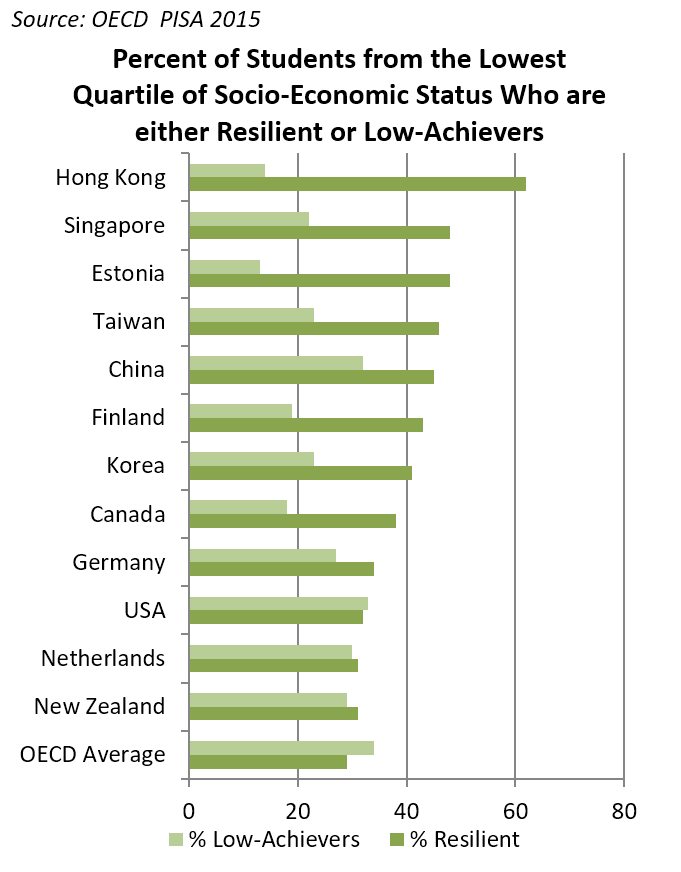
- Across OECD countries, 31% of students from disadvantaged backgrounds are “resilient”, meaning that they are among the best performers of all students of similar background internationally.
- A key difference between disadvantaged students who are resilient and those who are not is that resilient students attend more regular lessons at school.
- PISA results show that the more self-confident and the more motivated students are, the greater their odds of being resilient.
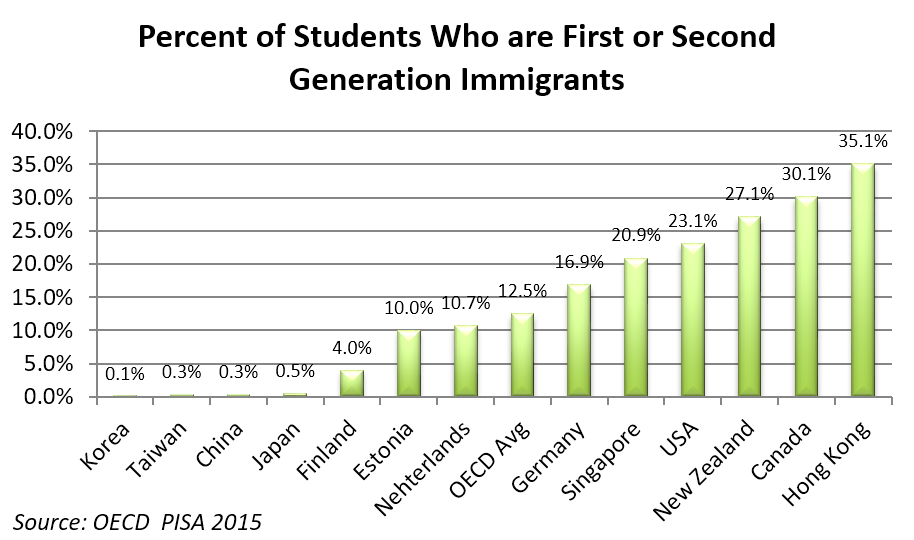
Are socio-economically disadvantaged students condemned to perpetuate an intergenerational cycle of poor academic achievement, poor job prospects and poverty? Not if they attend schools that provide them with more regular classes. Resilient students in the 2006 and 2009 PISA surveys displayed high levels of academic achievement despite the fact that they came from disadvantaged backgrounds. They beat the odds stacked against them to outperform peers from the same socio-economic background and be ranked among the top quarter of students internationally. In PISA 2009, nearly one-third of disadvantaged students across OECD countries were identified as “resilient”. In fact, the majority of students from disadvantaged backgrounds in Korea and the partner economies Hong Kong-China, MacaoChina and Shanghai-China were considered resilient. Over 35% of disadvantaged students in Canada, Finland, Japan, New Zealand, Poland, Portugal, Spain, the partner countries Liechtenstein and Singapore and the partner economy Chinese Taipei were also resilient.
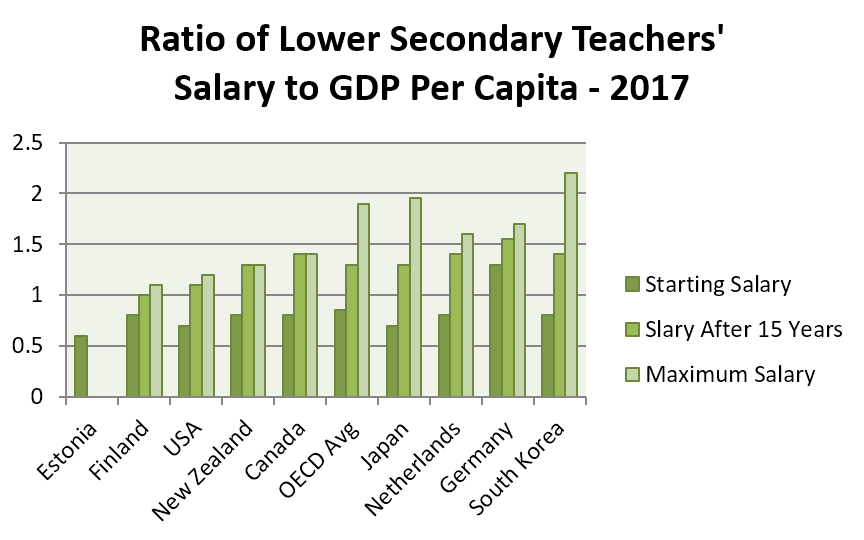
Source: OECD Education at a Glance 2018, Indicator D3, CIA WorldFactBook
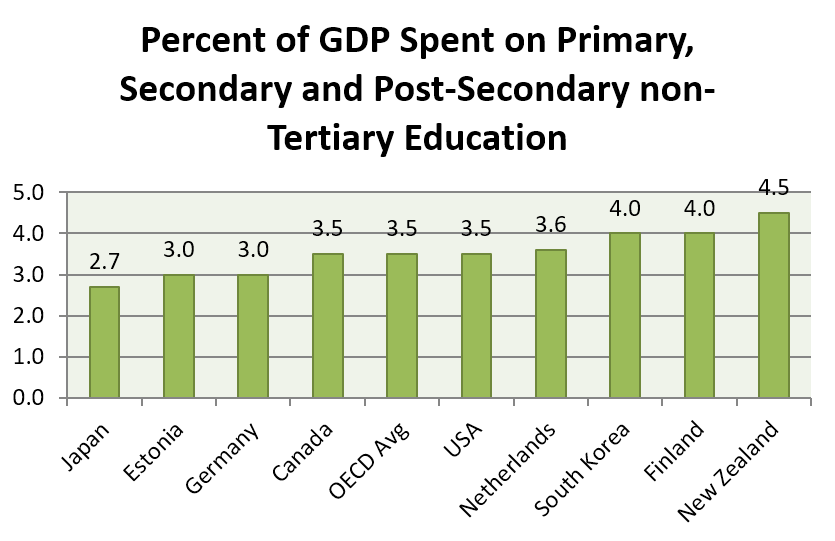
Source: OECD Education at a Glance 2018, Indicator C2
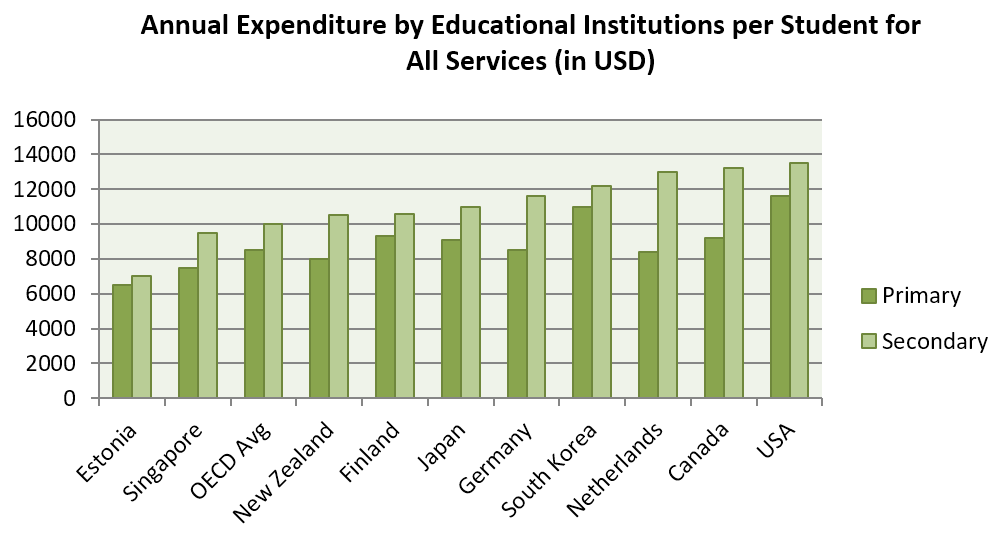
Source: OECD Education at a Glance 2018, Indicator C1
